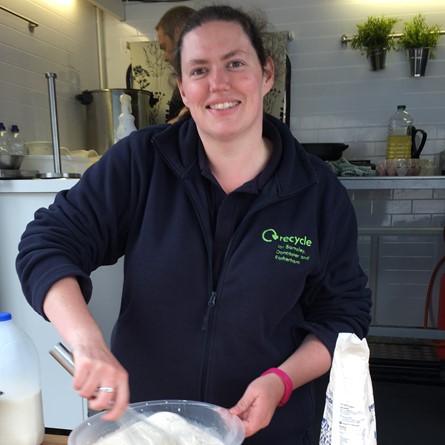GREEN MATERIALS- these materials are quick to rot and provide important nitrogen and moisture.
- Animal manure with straw
- Annual weeds
- Bracken
- Brussel sprout stalks
- Carrot tops
- Coffee grounds
- Fruit peelings and pulp
- Fruit seeds
- Grass cuttings
- Hay
- Hedge trimmings
- House plants
- Ivy leaves
- Rhubarb leaves
- Seaweed
- Soft pruning’s and plant debris
- Tea leaves
- Urine
- Vegetable peelings and pulp
BROWN MATERIALS- these materials are slower to rot, provide carbon & fibre and allow air pockets to form.
- Autumn leaves
- Cardboard
- Christmas tree (real)
- Cotton towels
- Cotton wool
- Egg boxes
- Egg shells
- Evergreen prunings
- Hair
- Leaves
- Natural corks
- Nuts
- Paper
- Paper bags
- Privet
- Sawdust
- Straw
- Sweetcorn cobs
- Tea leaves
- Thorny pruning’s
- Tomato plants
- Used kitchen paper
KEEP THESE OUT OF YOUR BIN- adding these will impact the quality of your compost and may attract unwanted pests and vermin.
- Bones
- Bread
- Cans
- Cat litter
- Cigarette ends
- Cling film
- Cooking oil
- Crisp packets
- Dairy products
- Disposable nappies
- Dog food
- Dog poo
- Drink cartons
- Invasive plant species
- Meat and fish scraps
- Perennial weeds
- Plastic bags
- Plastic bottles
- Plastic pots, tubs and trays
- Soiled tissues
*Some composting systems (such as hot bin systems) may be able to cope with meat, fish and dairy products but please consult the instructions/ manufacturer before adding them to your bin.
Find out more about composting #SouthYorkshireComposts






